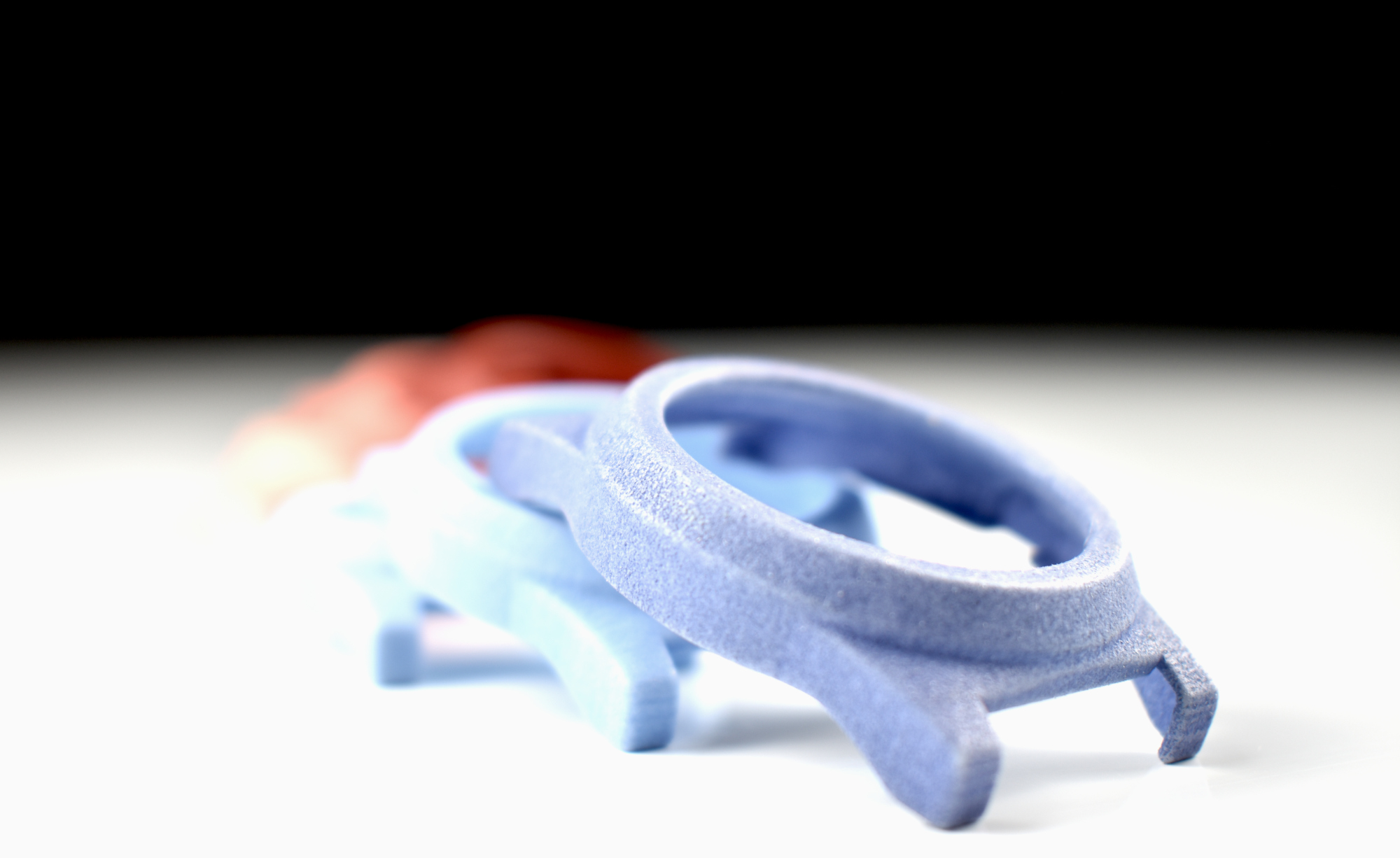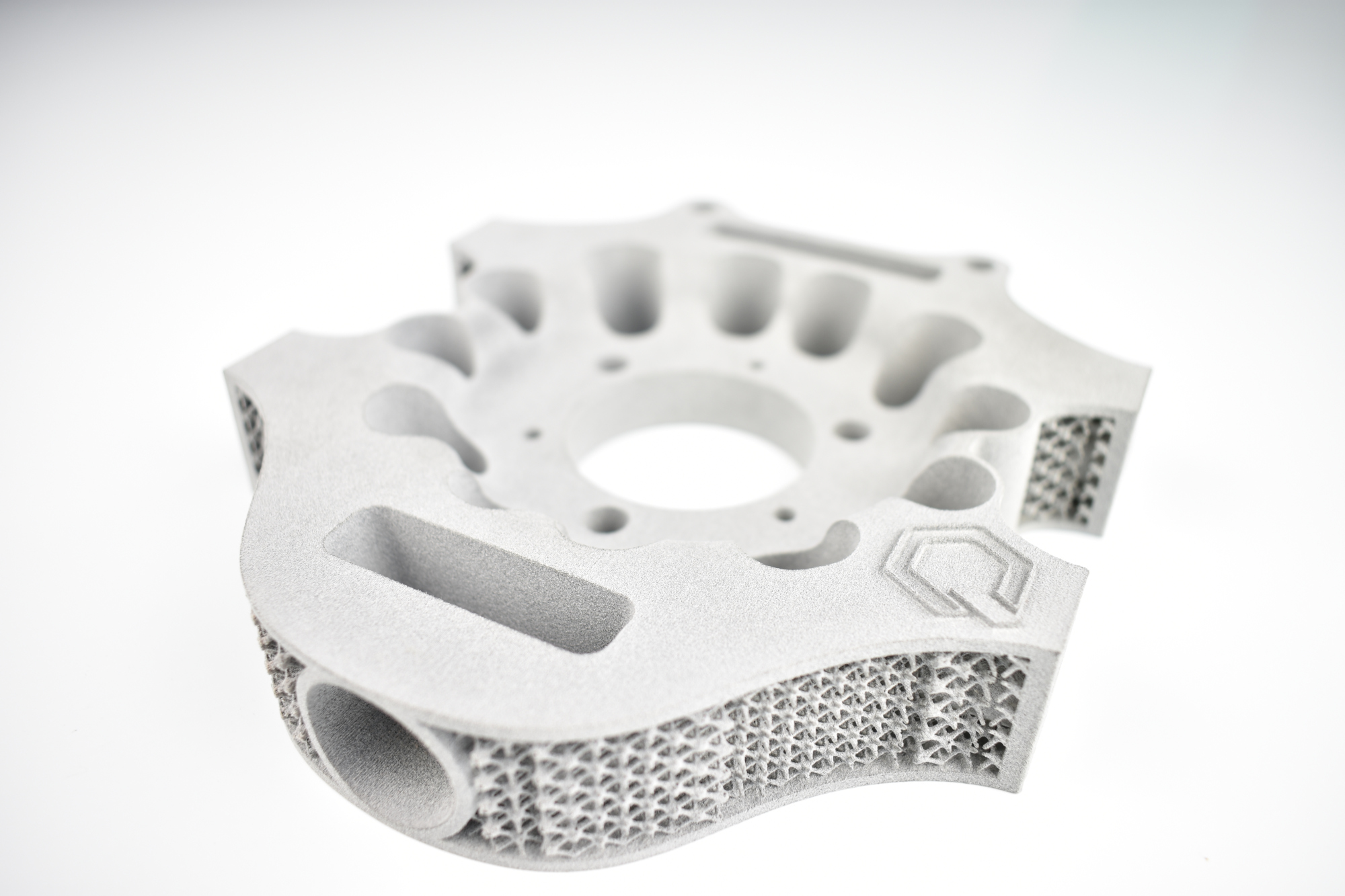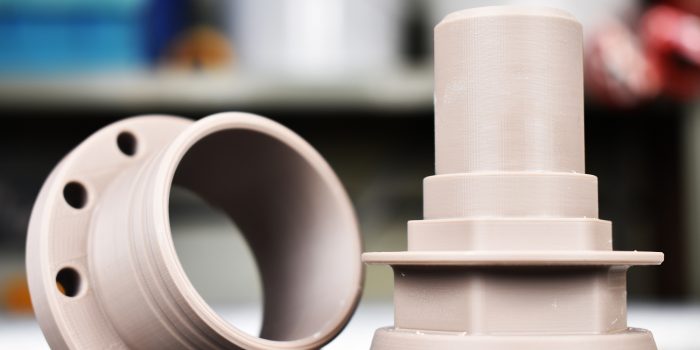Top 3 3D Printing Applications
Today we take a look at how the major players across all industries make the most out of 3D printing.
We could spend hours listing all of the uses for this amazing technology but we decided to only pick the top 3 applications based on our experience with a broad range of customers, from freelancers to established businesses all around the world. Let’s go!

1) PRODUCT DEVELOPMENT AND PROTOTYPES
This is how everything started with the first FDM 3D printers commercialised by Stratasys in the early 90’s. The idea was to produce functional and aesthetic prototypes at a fraction of the cost compared to the more traditional techniques.
Three decades down the line the technology has come a long way but rapid prototyping remains the biggest application for 3D printing across all major industries.
It’s that simple: 3D printing can shorten the prototyping stage from months to a matter of days. The result? Take your product to market in no time and for less!
Another advantage in using additive manufacturing is the freedom to iterate and update the design throughout the production process, allowing the designers to easily tune their concept adapting to the customer needs.
Today engineers and designers can choose from a large number of 3D printing technologies for their prototypes, check out our Services and Materials sections to find the best process and material for your project.

2) ON-DEMAND/LOW VOLUME MANUFACTURING
Arguably one of the most promising applications for 3d printing, one where manufacturing businesses around the world can re-supply their stocks on an on-demand basis and with lead times as low as 1-2 days.
There are many advantages in adopting a “just in time” manufacturing system and working together with a 3D printing provider can help you improve your production process and reduce or eliminate transportation and warehousing costs altogether, a great way to complement an existing supply chain making it more efficient and cost effective than ever before.
Although a large number of OEMs across all industries are already experimenting with a “digital inventory” solution, home appliances giants like Whirlpool, Electrolux and GE are already reaping the benefits of a more agile and on demand supply chain for their spare parts.
Taking a product to market is never been so easy, gone are the days of committing huge amounts of capital on tooling costs.
With 3D printing you can now manufacture your product in no time with little upfront costs making anything from 1 to 10,000 parts in a matter of days.
This is also a great way to test your concept and adapt to your customer needs easily implementing design changes during the production process at little to no extra cost.
In addition to this, 3D printing can be used to produce customised end user products as Adidas, InvisAlign and GE have successfully demonstrated in the last years.
Of course we cannot forget about medical applications and PPE production where additive manufacturing keeps playing an essential role as we are navigating through the COVID pandemic.

3) JIGS & FIXTURES
From positioning jigs to assembly line components, this is without a doubt one of the most useful applications for 3D printing.
To understand how important this technology has become on the factory floor we can look at the automotive industry where FDM 3d printing machines are used to produce jigs and tools to assist the factory workers in achieving repetability and precision time after time.
BMW and VolksWagen are just two of the many OEM that have invested in 3D printed tools and jigs with outstanding results.
According to BMW, replacing their machined jigs with ABS 3d printed fixtures has cut their costs by 58% and halved the production time.
The main advantages of using 3d printing on the factory floor are:
– Weight reduction
– Freedom of design for complex parts
– Customisation
– Better Ergonomics
– Overall cost reduction
